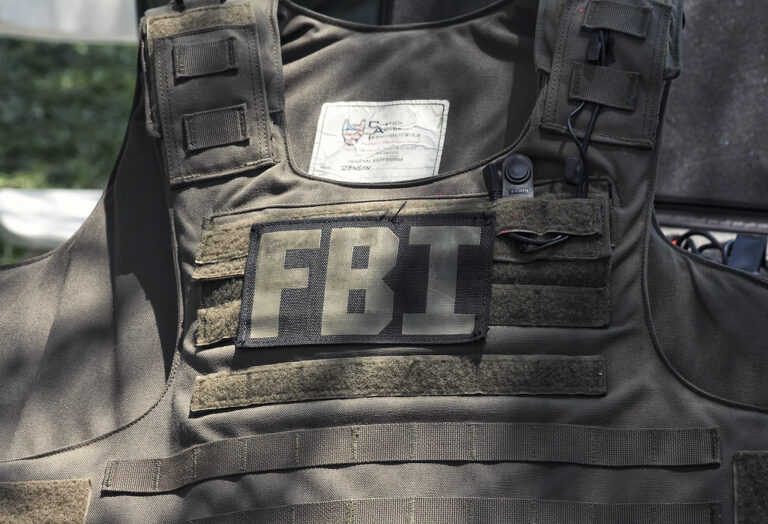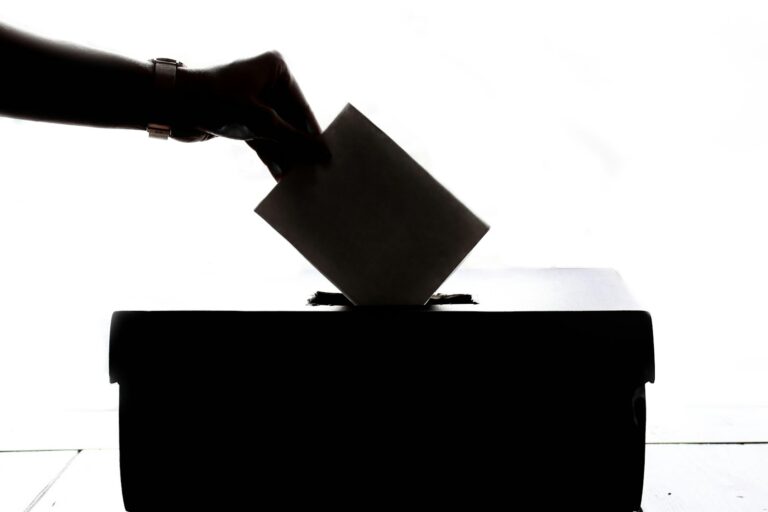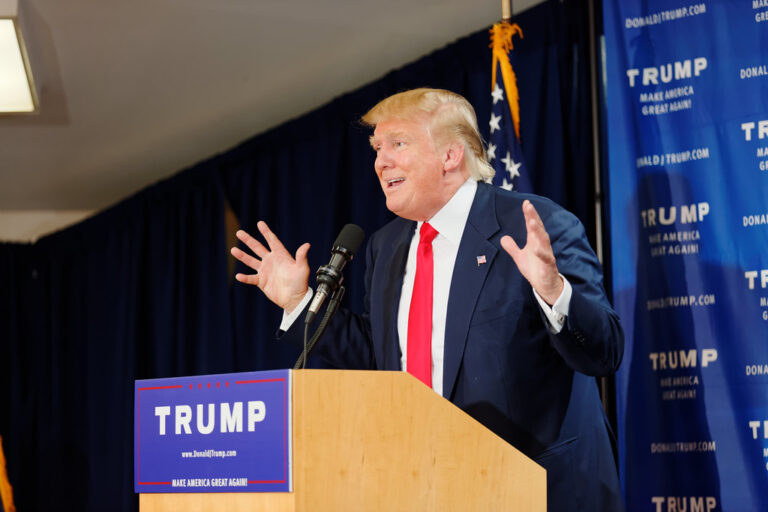Key Takeaways
– California plans vote on new districts to counter Texas move
– Border Patrol makes arrests near Los Angeles event
– DHS boss defends operation as planned and legal
– Trump deploys National Guard in DC to fight crime
– Critics say these moves mix politics with law enforcement
Arrests at Newsom event
Governor Gavin Newsom held a public event in Los Angeles to announce Californias plan to vote on redistricting. The goal is to push back on Texas Republicans who plan to change five districts and reduce Democratic voting power. However Border Patrol agents arrested several people near the site of the announcement. These arrests surprised many attendees and drew national media attention.
The agents targeted people they believed to be in the country without permission. Observers said some of those arrested looked like they may have been passing by. Other witnesses said the arrests took place on a street corner near the event. Consequently the timing led many to question the motive behind the operation.
Fox News airs footage
Meanwhile a major cable news network showed live footage of the arrests as it interviewed the top homeland security official. The network asked for her reaction as border agents moved in. This airing came as viewers watched people led away in handcuffs near a political event.
Noem vows support for Trump era policies
The homeland security official defended the agents operation. She said the arrests were part of a planned case based on careful investigative work. She added that each operation uses solid intelligence to know who might be in the area. She also noted that the team planned this move because of who they thought might be there.
Her comments echoed the policies of the former president. He had focused on tough border security and on making arrests of people he called illegal. The official said her department would continue this work.
Federal force in capital
At the same time the former president also made headlines for sending federal troops to the capital. He federalized local law enforcement and called in the National Guard. They cleared some homeless camps and stood guard on city streets. The move aimed to show strength and to claim that it would curb rising crime.
However crime in the capital has fallen for years. Data shows that reported crime rates dropped or stayed stable. This fact did not stop the administration from showing large law enforcement presence. The decision sparked protests by people who saw it as political theater.
Political impact
These law enforcement moves come at a time of heated political fights. In one state leaders plan to redraw voting maps to shield their party from losses. In another city the federal government tries to show it can protect public safety. Both sides accuse the other of using law enforcement for political gain.
Many critics say the arrests near the governors event aimed to send a message. They believe it tells one party that the federal government will act aggressively. Supporters of the move say it shows the government will enforce immigration laws anywhere.
Public reaction
After the footage went online some people praised the agents work. They said the law must apply to all places. Others condemned the timing. They argued that the arrests at a political speech looked like intimidation.
In social media posts some users blamed the governor for provoking the federal action. They said that by attacking another state he invited a federal response. Others said the arrests had nothing to do with the speech and were routine.
Legal experts weigh in
Law experts note that federal agents can make arrests anywhere in the United States. They do not need local approval to carry out immigration enforcement. However they also say that agents must follow certain rules. These rules include respecting the rights of those detained. Some experts wonder if the agents gave proper notice before acting.
They add that public officials must not use law enforcement to harass political opponents. If that happened the move could face legal challenges. They also say that any abuse of power could face oversight from Congress or the courts.
Response from California leaders
California leaders reacted strongly after seeing the footage. They said that federal agents should not target residents of their state. They added that Californias border policies differ from those in other states. They also argued that the arrests could chill free speech and free assembly.
The governors office issued a statement condemning the arrests as political intimidation. They said that people have a right to attend public events without fear. They also said they will continue to fight for fair voting rights in their state.
National debate on immigration
This event adds to a long national debate on immigration policy. Some want stronger enforcement and more removals. Others want more humane treatment and more legal pathways to stay. Each side accuses the other of endangering public safety or violating human rights.
The debate often centers on how and where to carry out enforcement. For example should agents avoid public places such as churches and schools. Or should they press forward whenever they have a lead. This case shows that such operations can intersect with politics.
Redistricting push in California
The governors redistricting plan will appear on the ballot soon. It asks voters to approve changing the way district lines are drawn. Supporters say it will make competition fairer. They argue that both parties will have to win by talking to voters.
Opponents fear it could protect one party by design. They say the new lines might favor certain districts. They claim the plan could weaken the influence of some areas. The plan follows similar moves in other states.
Looking ahead
As California gears up for the vote the arrests will stay under the spotlight. Political watchers wonder if the arrests will affect public sentiment. They will also track if future enforcement actions happen near other events.
Meanwhile the debate over the federal presence in the capital will continue. Citizens and officials will discuss whether heavy force helps curb crime or if it stifles dissent. The national guard deployment may end soon but the memories will last longer.
Conclusion
In short this story shows how law enforcement and politics can mix. The arrests near the governors speech raised many questions about motive and timing. The homeland security boss defended the operation as legal and planned. At the same time the former president used federal troops to show a tough stance in the capital. As California voters go to the polls they will consider how these events shape their view of both immigration and public safety.









